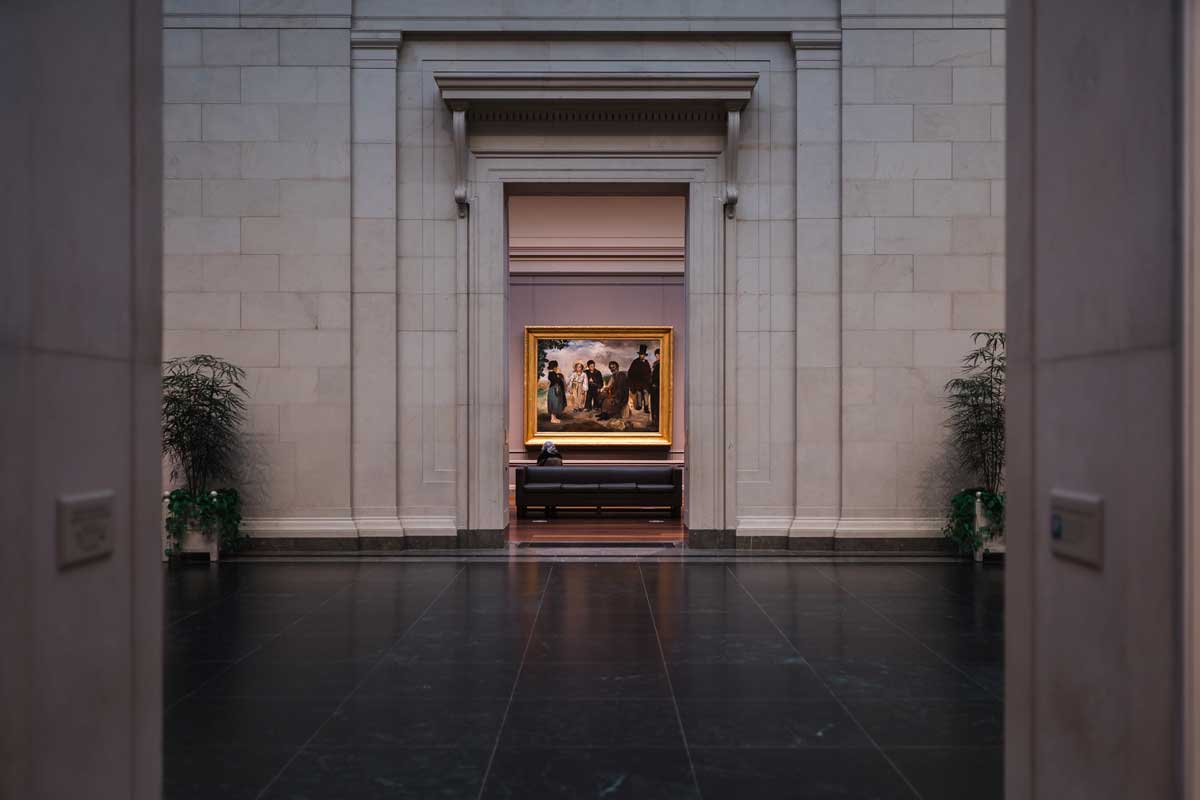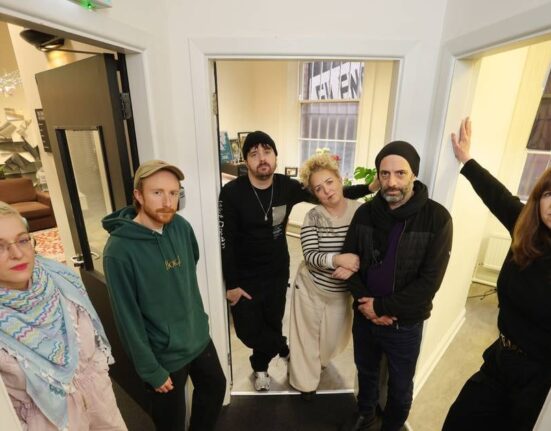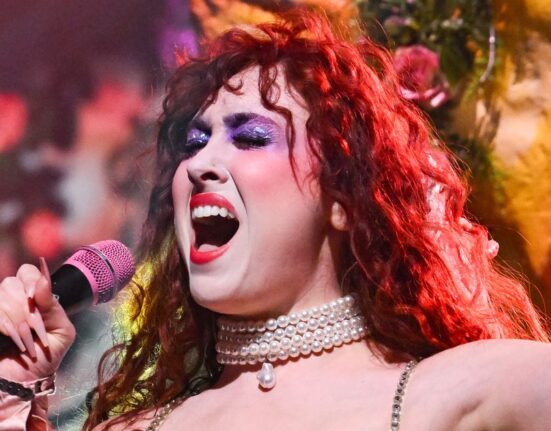The existence of artificial intelligence or abbreviated as AI in the contemporary era is not something new. However, in 2022, the birth of ‘ChatGPT’ as an easy-access AI software marks a major shift in the world’s information and technological landscape, leading to the emergence of AI industry amidst today’s society (Winkel, 2024). The AI developments began to escalate quickly as human and AI co-exist in almost every aspect in everyday lives. Hence, this occurs due to the rapid adaptation of global society towards the major breakthrough of AI technology, driven by the narratives that AI brings more good than harm as it offers more convenience, somehow playing a role as human’s ‘assistant’. Thus, the emergence of generative AI or the AI which ‘generates’ existing data on the internet into new media and text outputs has triggered various debates (Banh & Strobel, 2023), whether utilizing the AI in creative fields such as art is morally ethical or not.
“You know what the biggest problem with pushing all-things-AI is? Wrong direction. I want AI to do my laundry and dishes so I can do art and writing, not for AI to do my art and writing so that I can do my laundry and dishes.” –Joanna Maciejewska on X, 29 March 2024.
While AI has helped make lots of tasks easier, an eye-opening discourse triggered by the post above has caught the attention of other X app users. Joanna, the post owner, is a renowned author and artist. Her concerns on AI have certainly resonated with many others, especially art industry workers. There is an apparent danger that lies as a result of generative AI development, the absence of genuine creativity, artistry, and challenges in defining reality. In addition, it is difficult to acquire information about the originality of a certain work, whether it was claimed to be written by its corresponding author or not (Ferrara, 2024). Second, as Joanna wrote on how the dynamics of human dependence towards AI is moving towards the wrong side, the statement sheds light that us humans have full control and choice over AI whereas at the same time, AI has limited capabilities in particular fields, at least for now, taking into account that there is always an exceedingly rapid growth in technology development.
Technological Determinism
To understand the complex relations between humans and AI, a theoretical framework is necessary. Technological determinism highlights the significant impact of technology in determining social and cultural structure (Dusek, 2006). Technological determinism scholars assume that technology is not inherently autonomous, but to an extent that human beings have a prominent role and control over its development and utilization (Hallstrom, 2020). Through the lens of technological determinism, technology could create further impacts which go beyond or even against our will, emphasizing on how technology could influence people’s thinking and vice versa (Winkel, 2024). Hence, this statement is clearly reflected in the emergence of AI in the creative fields, which can be further examined through 2 main arguments; (1) AI creates a major shift in the values of art and (2) The intervention of generative AI in art is a form of ethical violation.
The apparent shift in the air (of cultural and economic values)
Known to adopt characteristics of human-like behavior, there is still a clear line which marks the difference between human capabilities and way-of-thinking in comparison to that of AI’s (Winkel, 2024). In accordance with technological determinism, the emergence of generative AI has in fact changed the cultural and economic values of artistic work. Historically, the utilization of AI in applied arts began in the 1970s (Grba, 2022). Along with the rapid increase in the visibility and relevance of AI in today’s society, creating artworks which incorporate the elements of both human experiential learning and machine learning as a more interactive approach becomes more common. In general, the use of AI in various forms of arts–be it visual arts, applied arts, installation arts–are generated based on given prompts or storylines provided by humans, considering that data is transformed and generated by command, simplifying the means of machine learning which becomes the backbone of AI development. Hence, AI slowly grew to be one of the closest tools related to the growth of contemporary art in the 2000s until today. However, there has been a heated discourse recently on how the artwork outputs produced by AI often give rise to inappropriate or odd-looking artificial entities (Grba, 2022).
Most artists believed that normalizing the convenience of fully utilizing AI in arts–in other words, full automation–is in fact diminishing the importance of appreciating an artist’s creative process in the making of a certain artwork which makes it more valuable by price (Moura, 2023). While AI has the ability to create films, realistic arts, music, and act scripts, AI certainly has different interpretations of the emotional and socio-cultural values that humans uphold. In some cases, AI has created destructive impacts on the job creation of digital artists, as the technology slowly ‘threatens’ to replace the creative roles of artists, creating a now apparent projection on the future of AI in digital art. This provides a clear emphasis that the involvement of AI in the creative field is no longer merely to alleviate aesthetic means, but also to address the issues circulating around the role and position of human beings in today’s reality, especially when it comes to employment issues which triggers the waves of various concerns globally (Nguyen, 2023). Again, this shows how much a technology is able to influence the trajectory of every day’s social, economic, and cultural landscape, beyond the technical means of optimizing technology (Ropolyi, 2019).
Ethics and critiques on legal regulations over intellectual property rights
The use of AI technology in various tasks, specifically art, leads to the occurrence of unethical practices, including discrimination and bias, false copyright claims, and unauthentic models of producing artworks (Srinivasan & Uchino, 2021). Issues of authorship, originality, and intellectual property are inherently intertwined with the emergence of AI which resulted in various damaging impacts and perceptions in the arts industry. In line with the drawbacks set by AI utilization, there are concerns being raised regarding the ethics of data processing. While the ethics on artificial intelligence is not being talked about enough, ethics itself becomes the core element of intellectual property issues and regulatory formations (Li., et al, 2020). One of the relevant study cases is the Instagram “Meta” AI’s training policy which left numerous artists in heavy rage. Around 650,000 instagram artists are participating in a huge wave of protest to boycott the social media app ever since it launched its AI training policy earlier in June 2024 which “unethically” sourced artworks data from various artists as an additional material for AI-generated outputs (Tan, 2024).
The massive wave of artists’ protest towards instagram’s latest ‘problematic’ policy was triggered by the strong reasoning on how artists have the rightful ownership over the artworks they created, not to mention the dedication, time, creative ideas, imagination, and effort they put into the artwork, as well as the thoughtful messages being conveyed. The artists vs AI issue is not something as simple as how artists are “not being appreciated enough” by the policy, but how the current technology advancement has become a form of modern-day oppression that tragically ‘strips’ creative workers off their rights. The disadvantageous effects caused by unethical ways of optimizing AI has certainly underlined the absence of global governance in creating regulations over intellectual property rights protection (Lin, 2024). In addition, it reflects the need of domestic governments of all states to enhance their ‘weak’ copyright protections over the work of their local artists and not to encourage the immoral practices of making full use of AI in various forms of art, given that AI injured the rights of artists and creative workers if it is not done right.
Conclusion
As the world is progressing to an AI-dominated era, there has been an ongoing debate regarding the effects of AI in the creative field. While AI helped both artists and non-artists improve their works, some argue that optimizing AI in arts is a form of ethical violation and reduces the essence of the creative process in the making of the art itself. Amidst the rapid development of AI technology, there is a distinction between AI and human capabilities, meaning that embracing the convenience of AI in arts is possible. Thus, there should be clear boundaries and definitions of ethical and responsible use of AI, without reducing the ‘meaning’ of art itself. Hence, there is a strong urgency directed towards global policy-makers in creating transformative regulations to ensure the intellectual property rights of artists, limiting the possibility of rights abuse by AI developer companies. Whereas this issue becomes a collective concern of multi-layered actors, if done right, AI brings more benefits than harm to mankind.
“Any form of art is a form of power; it has impact, it can affect change–it can not only move us, it makes us move.” –Ossie Davis.







